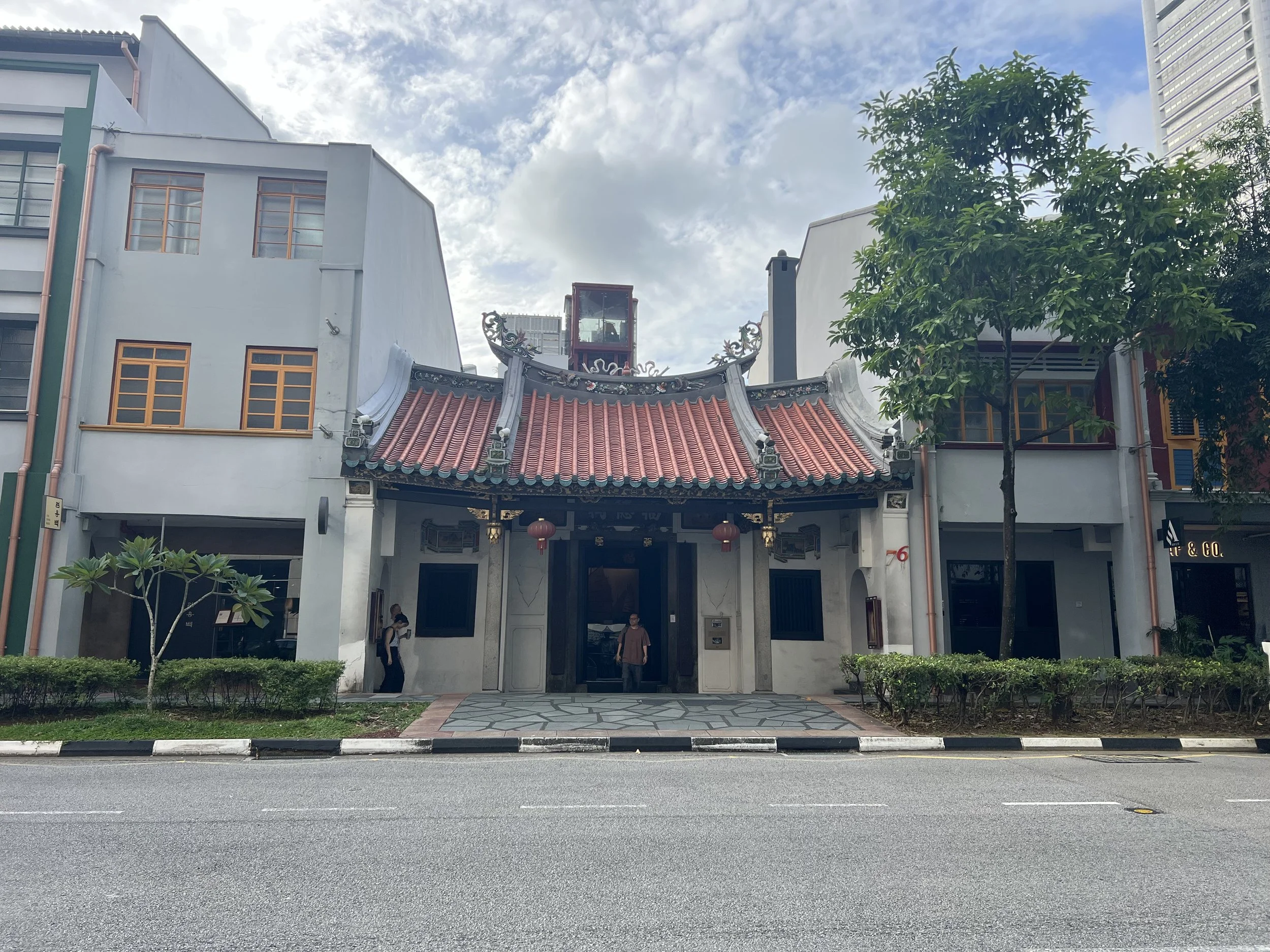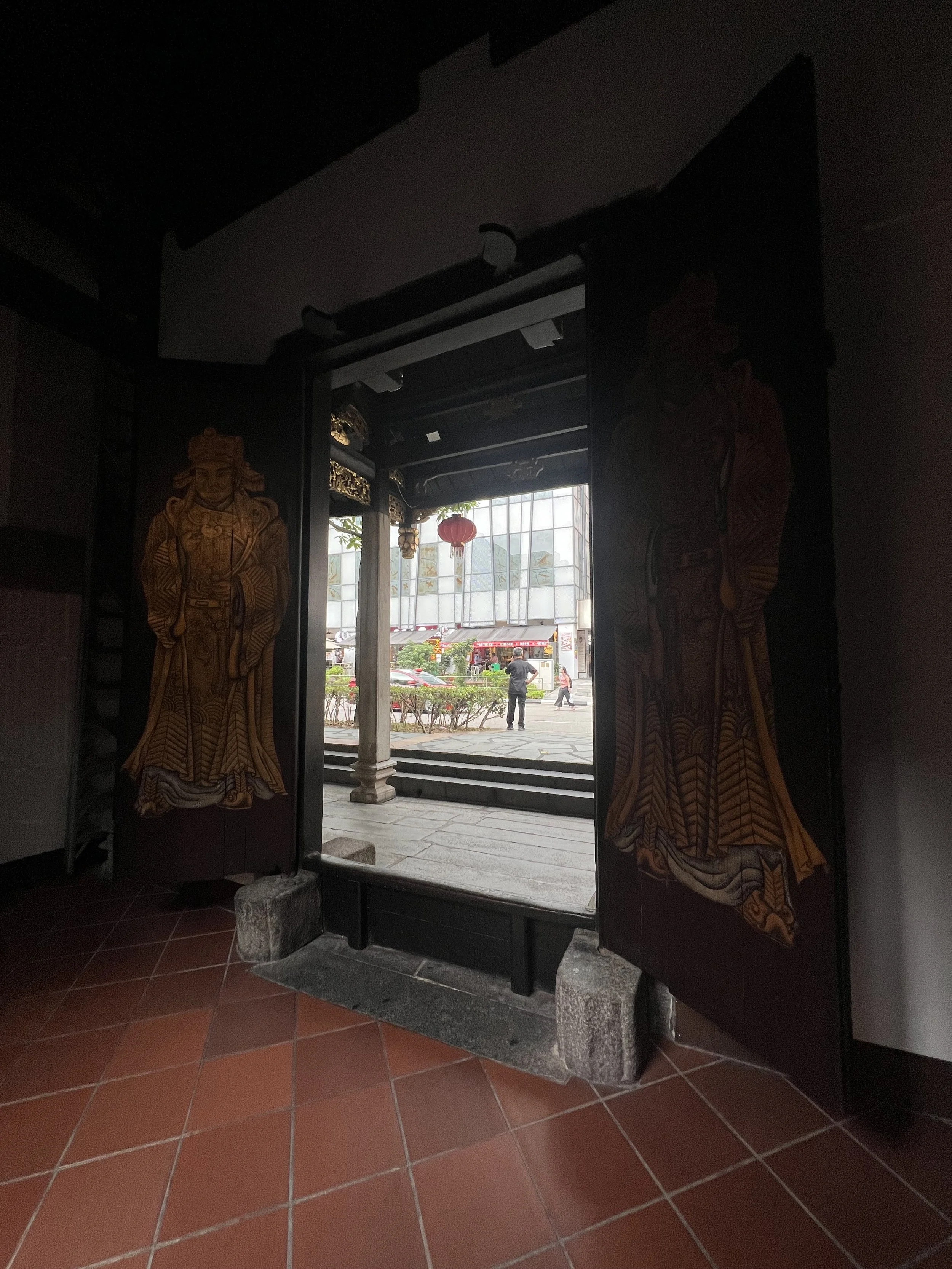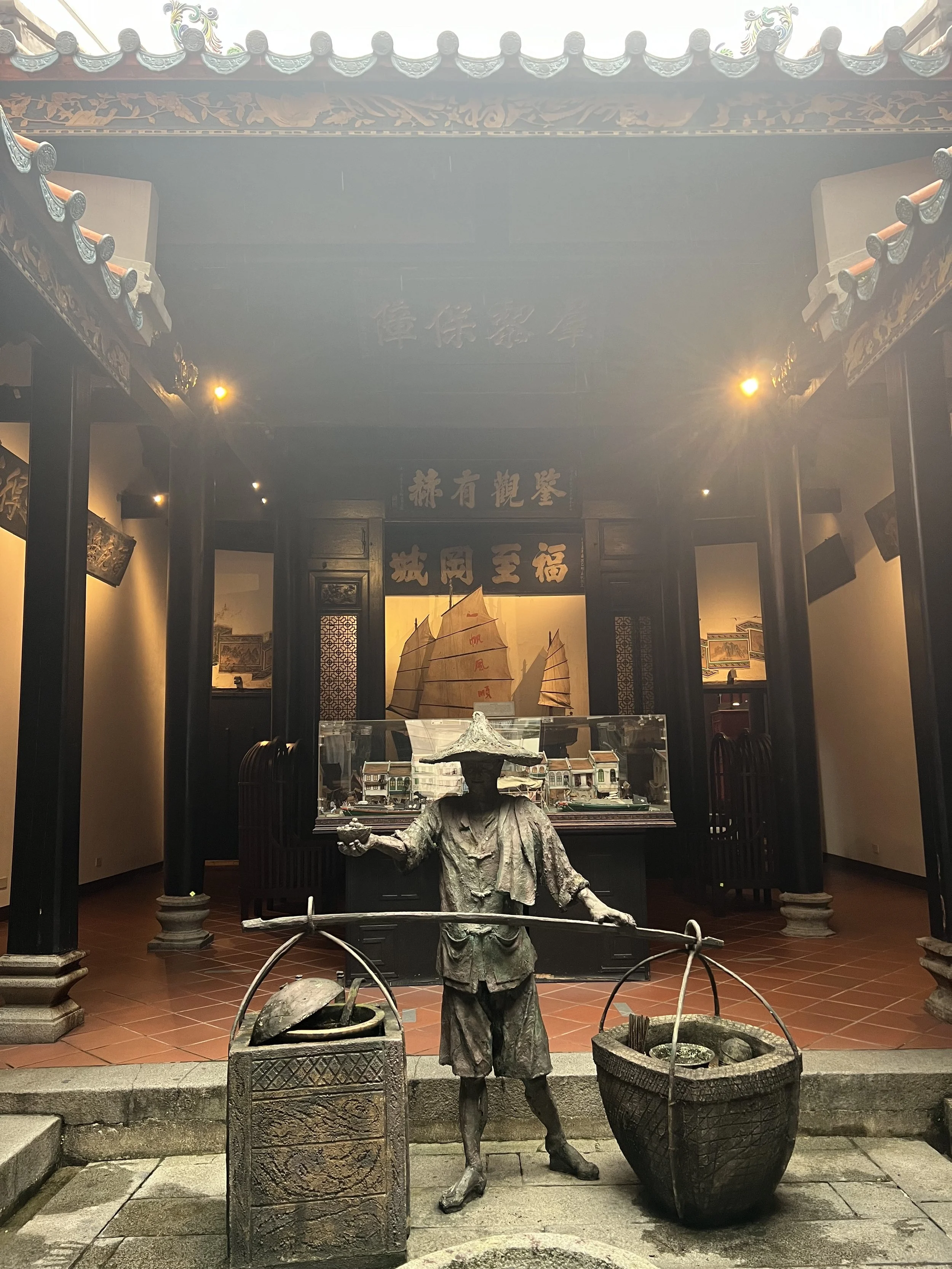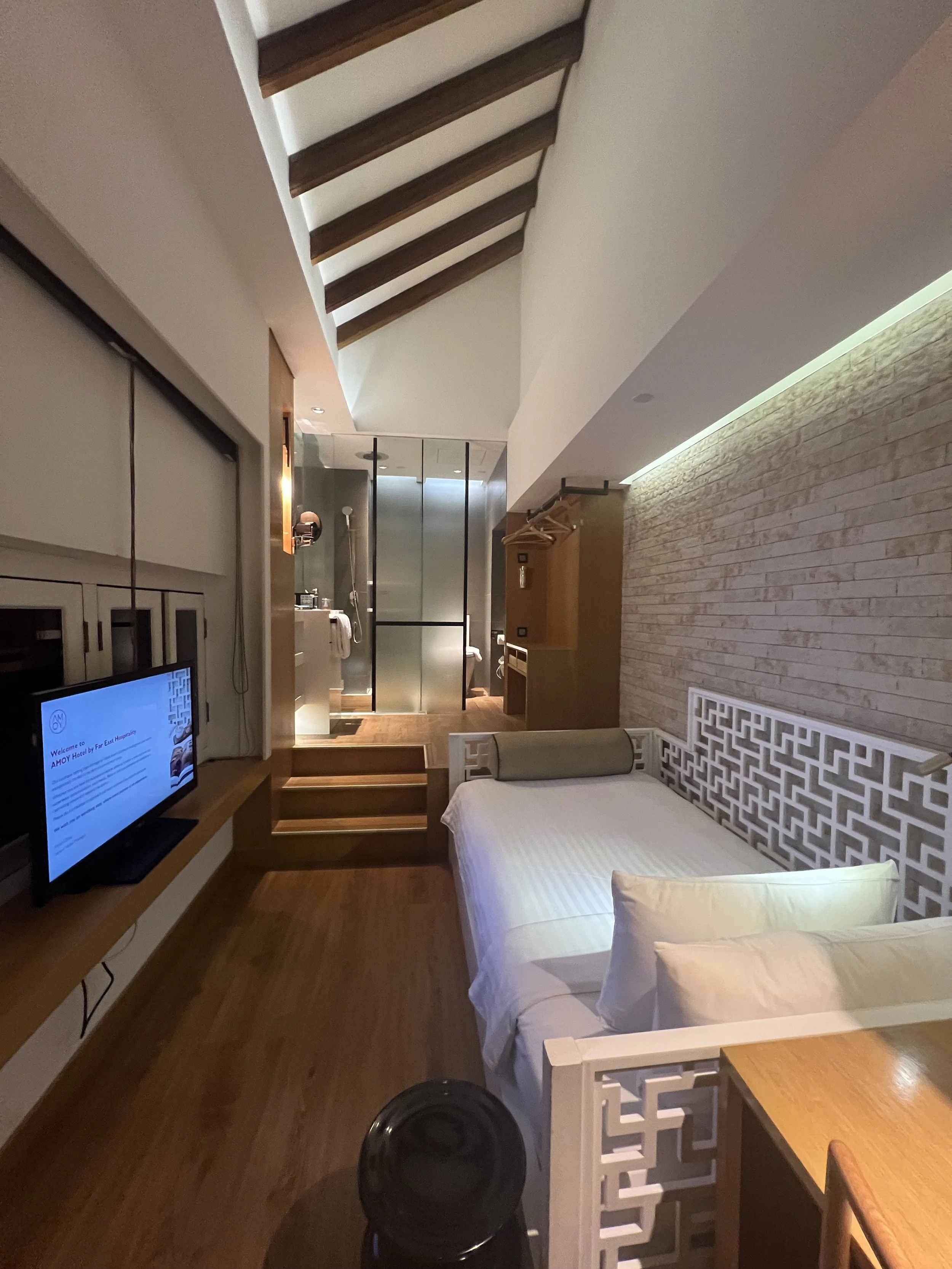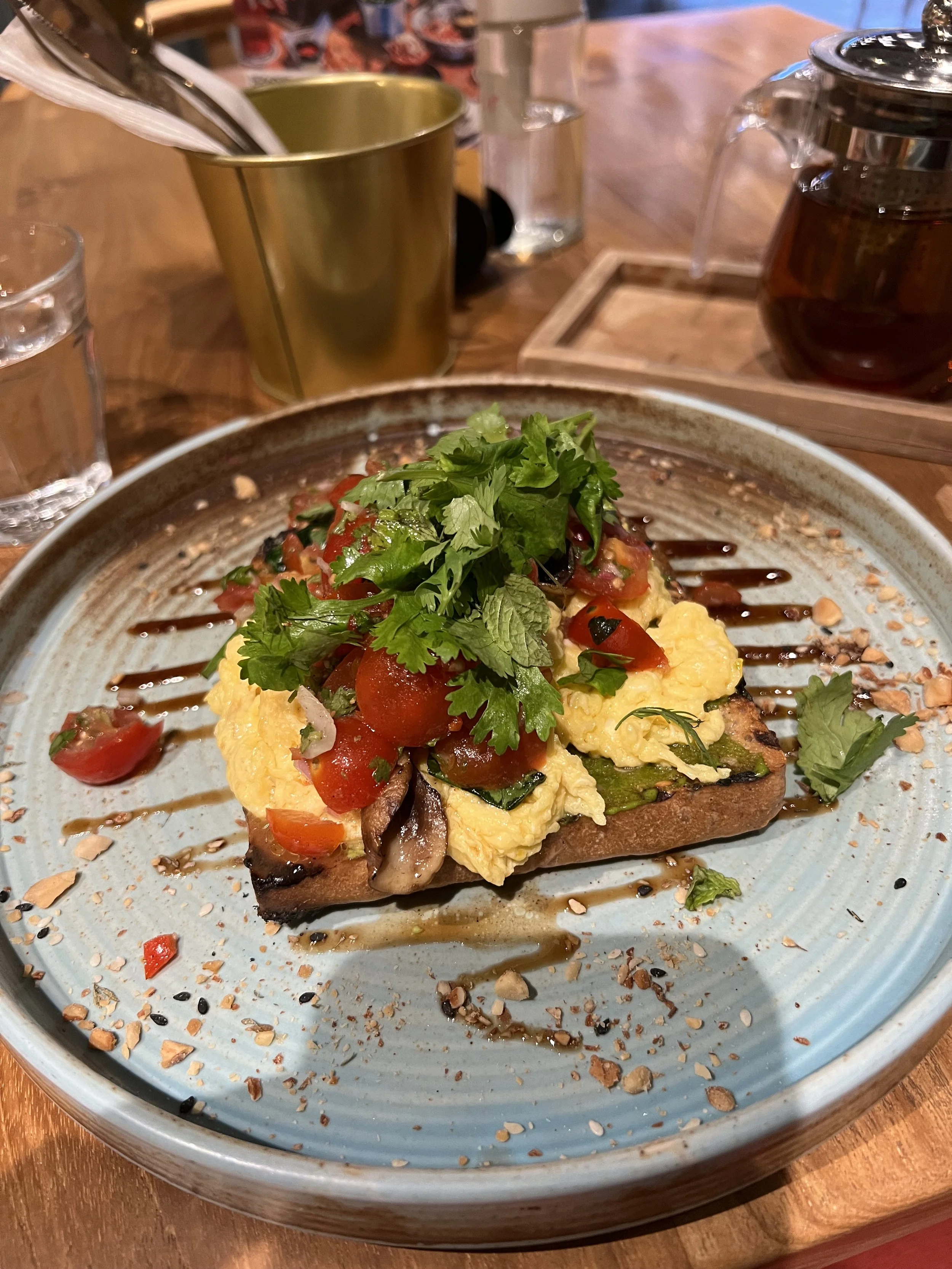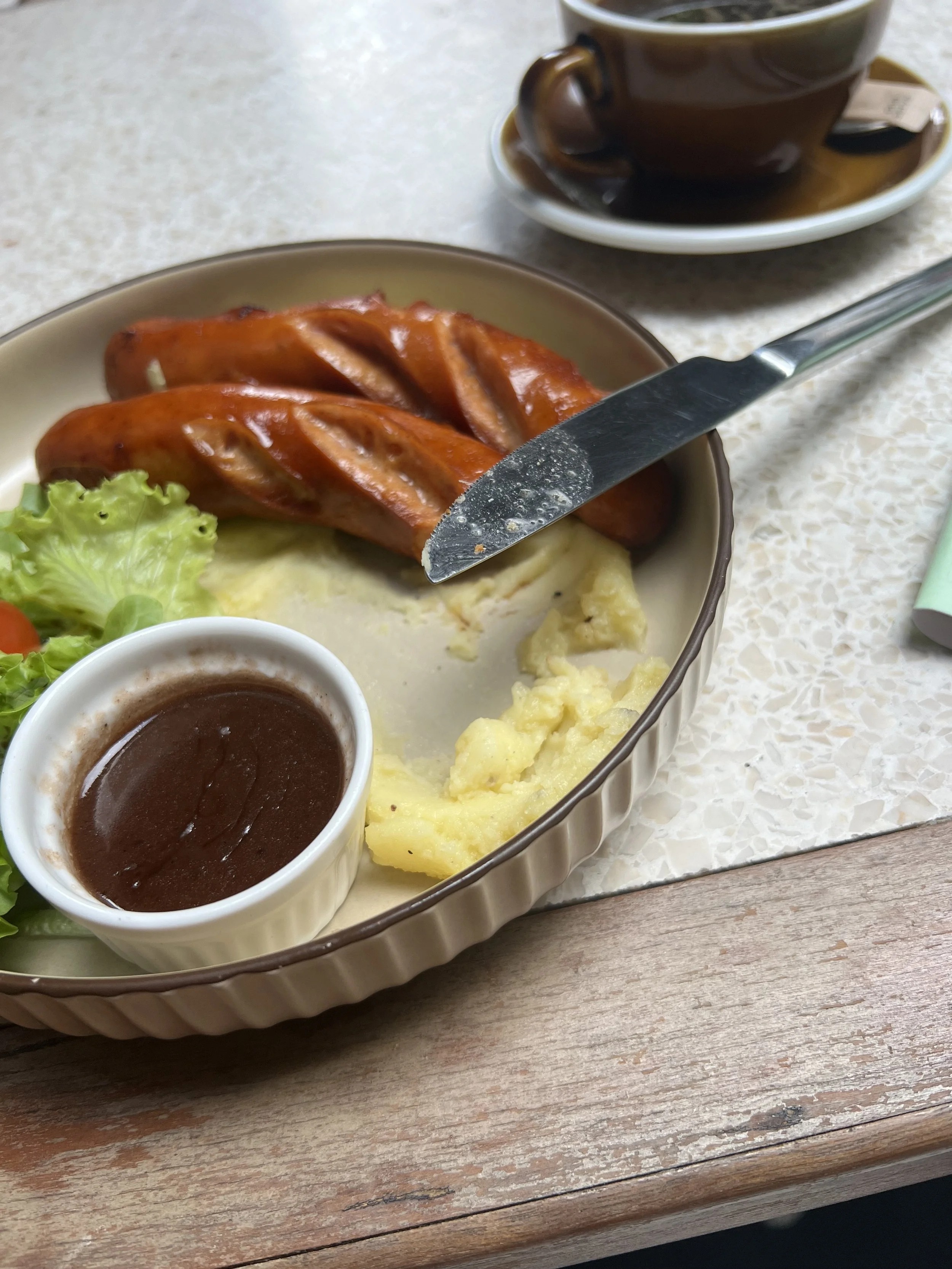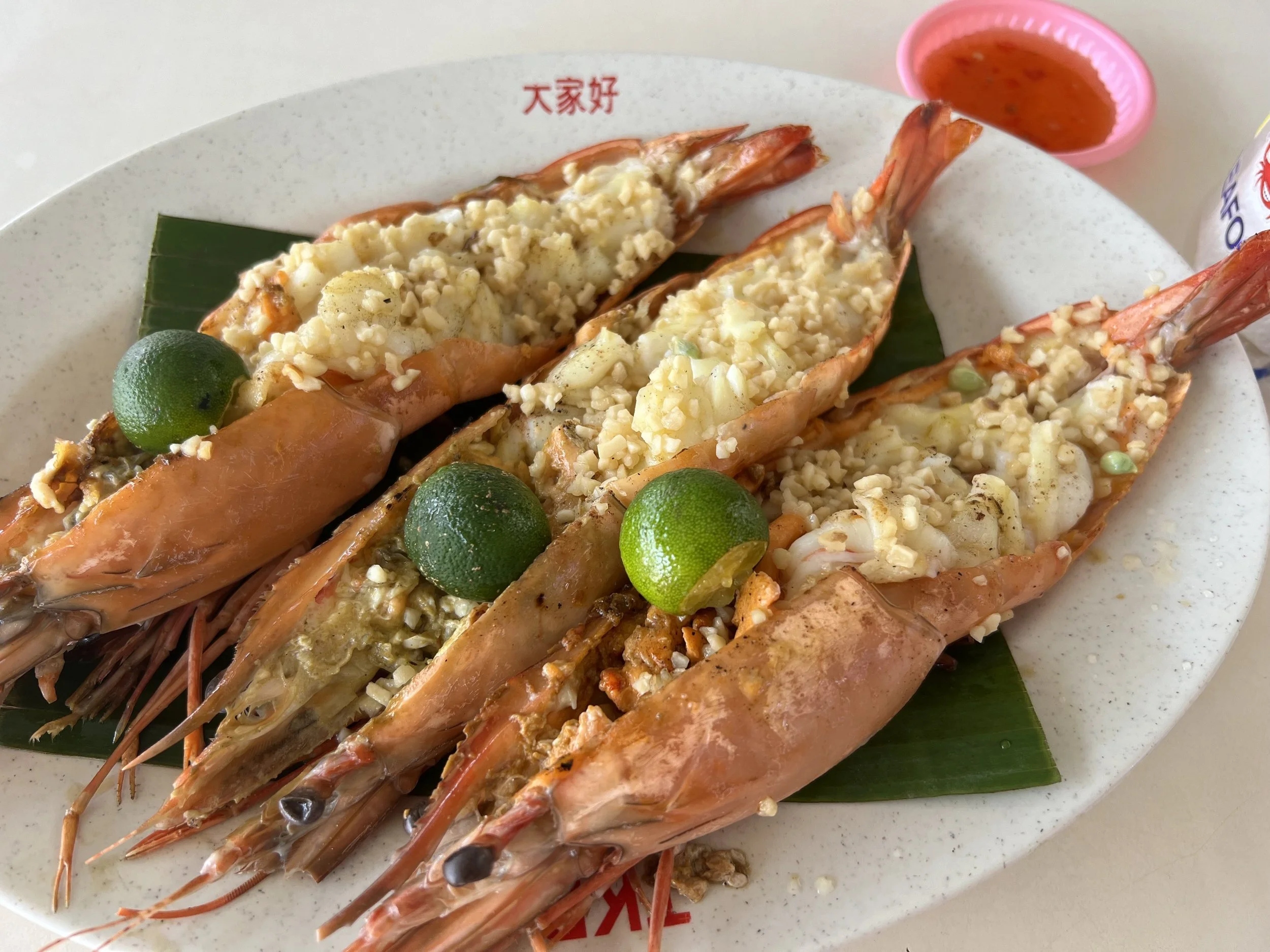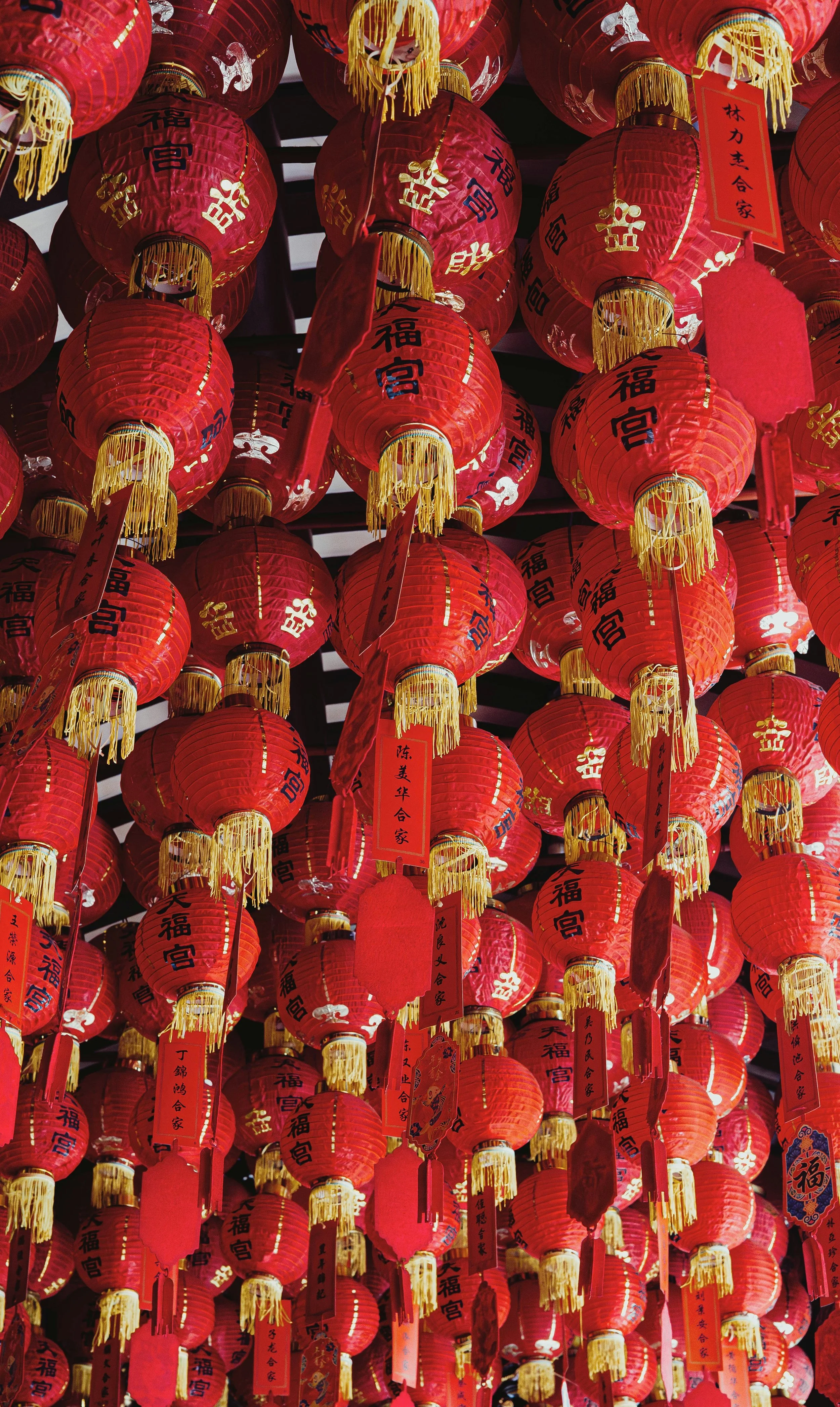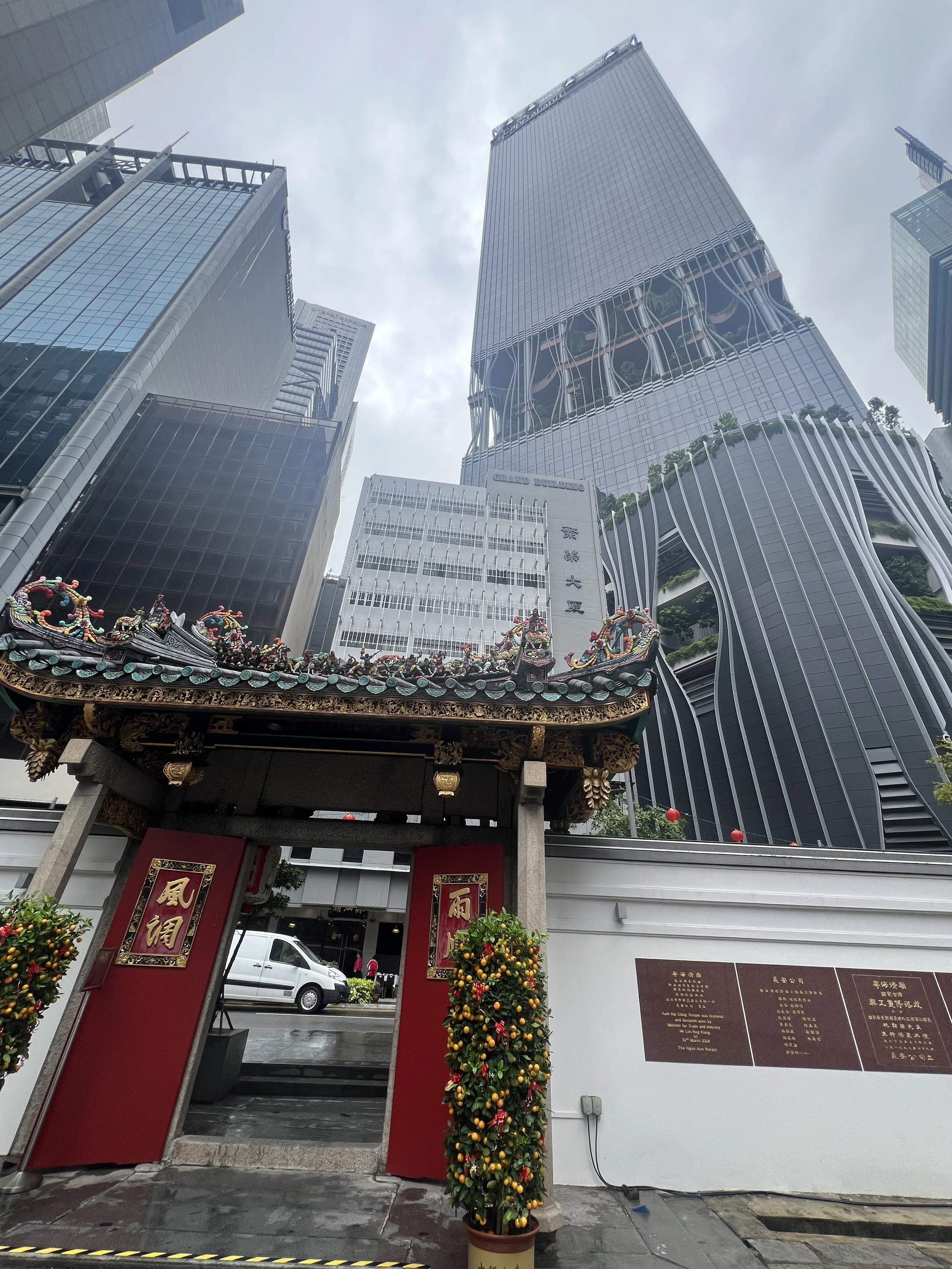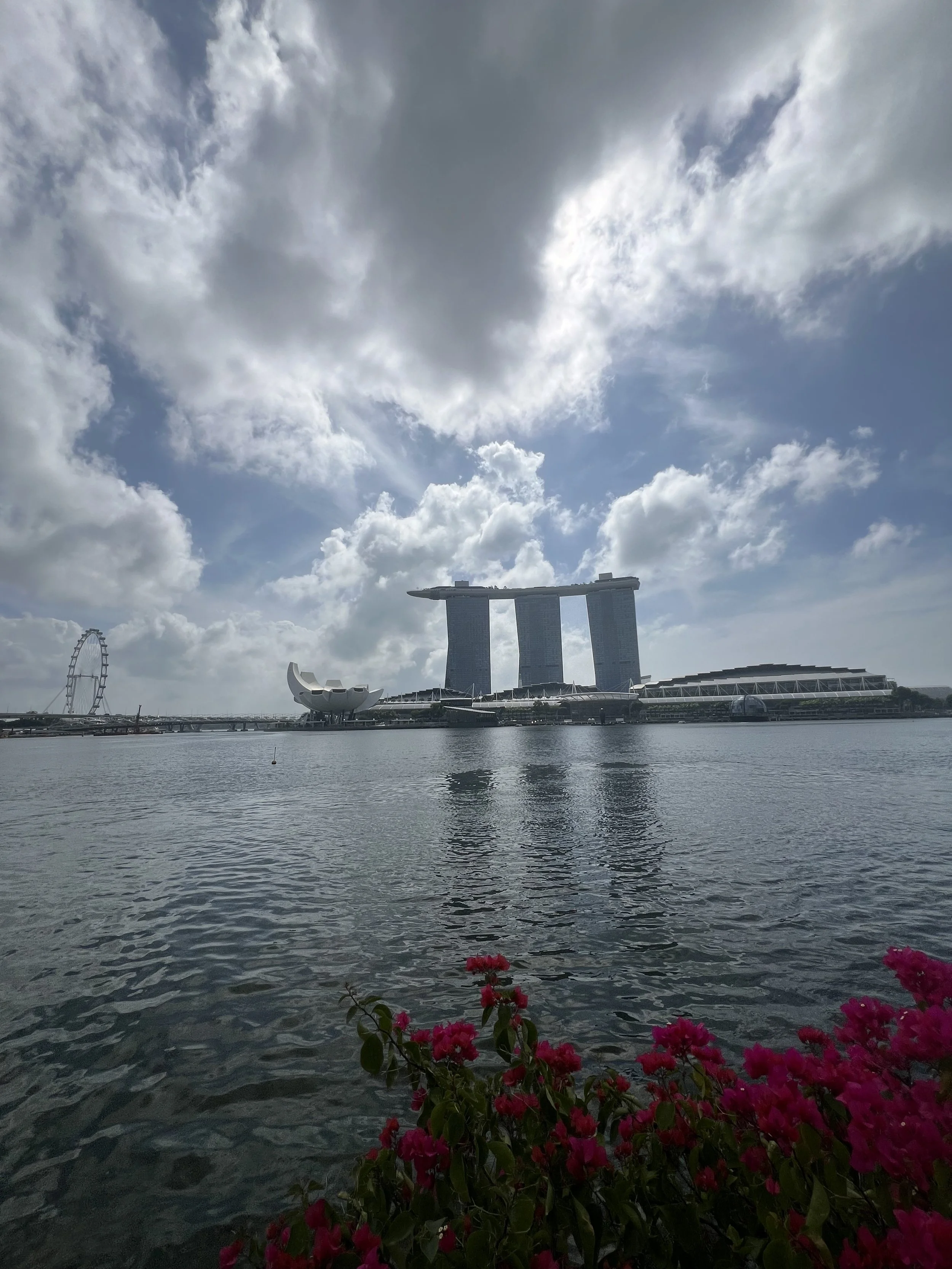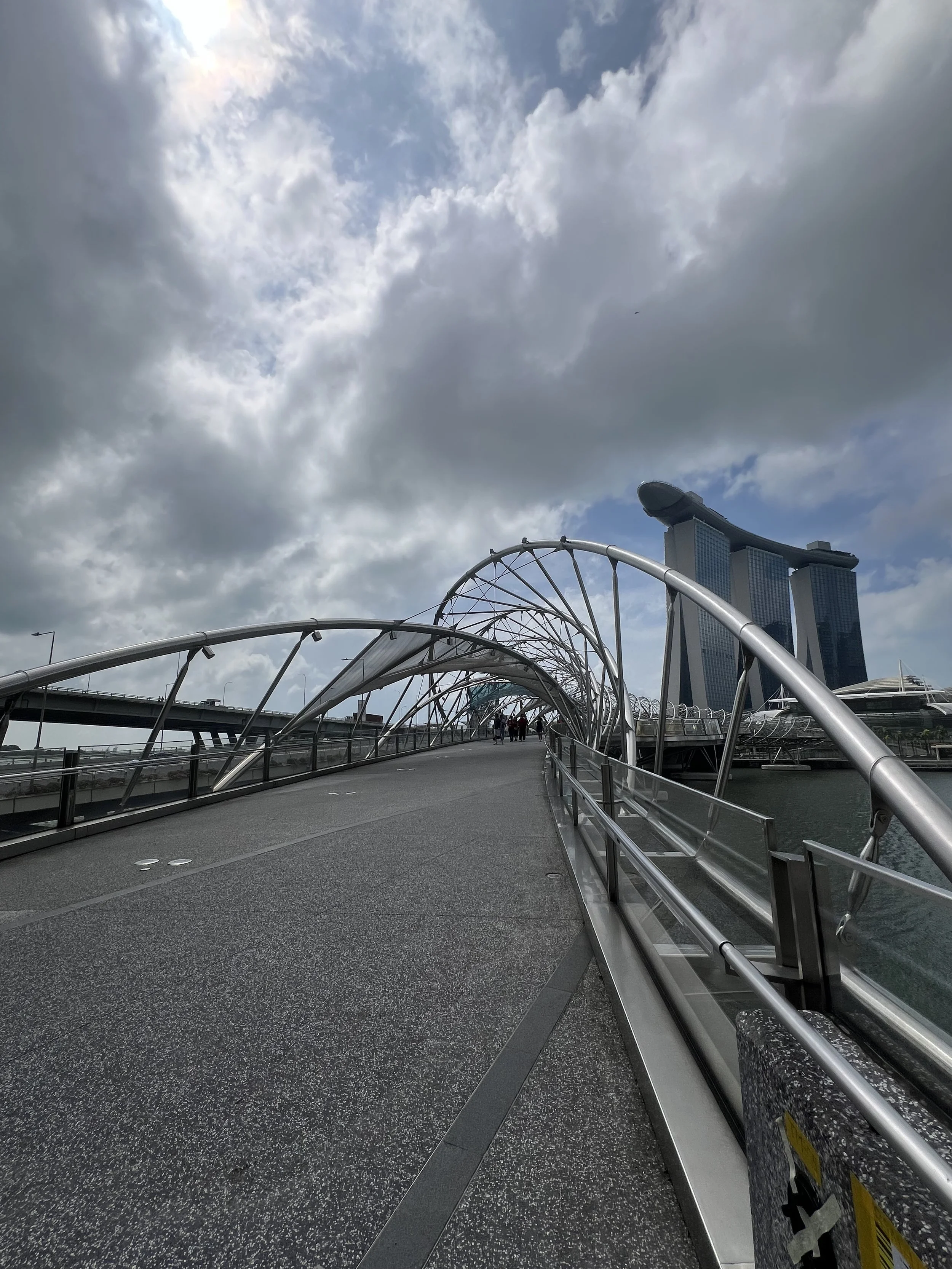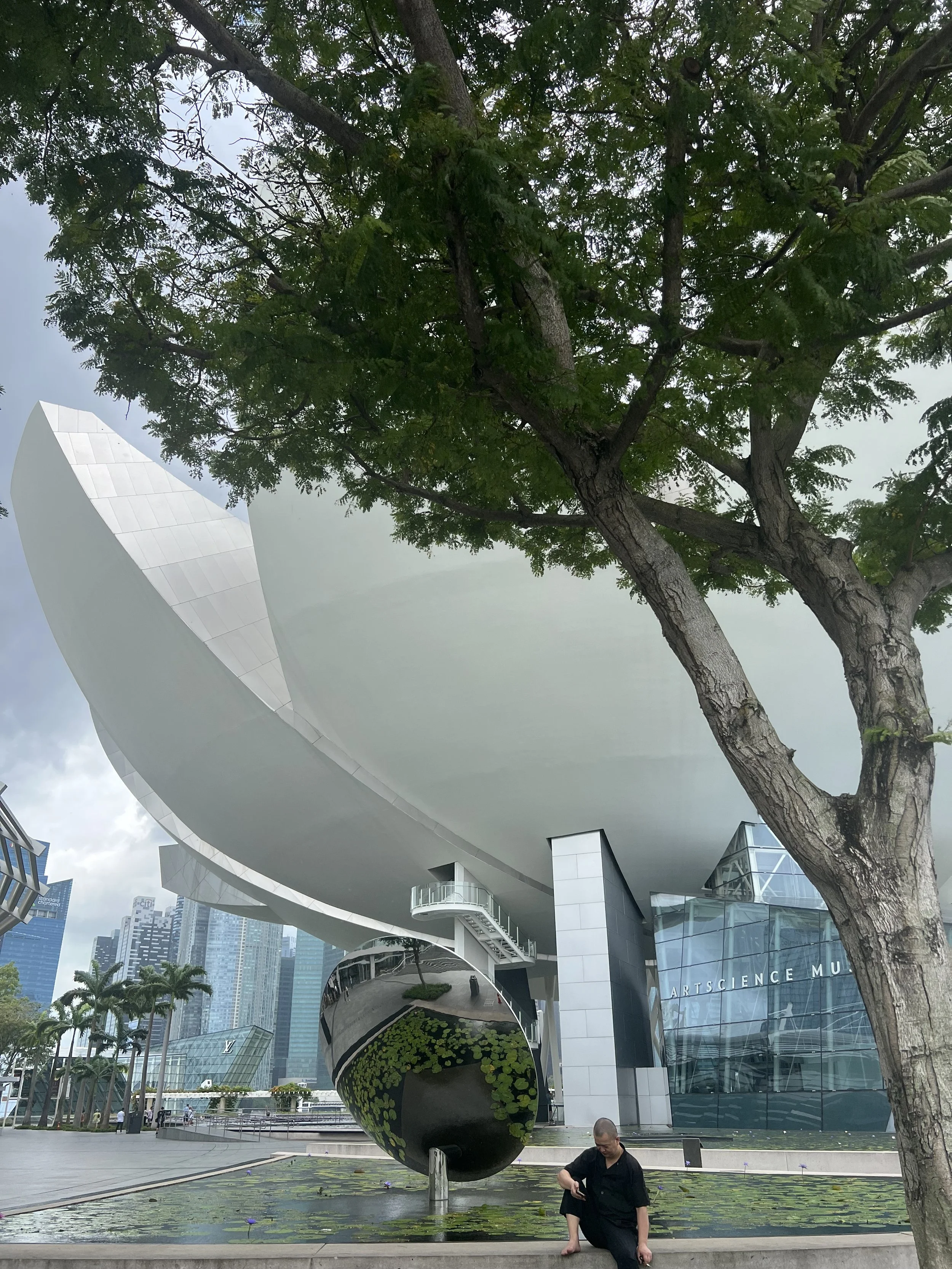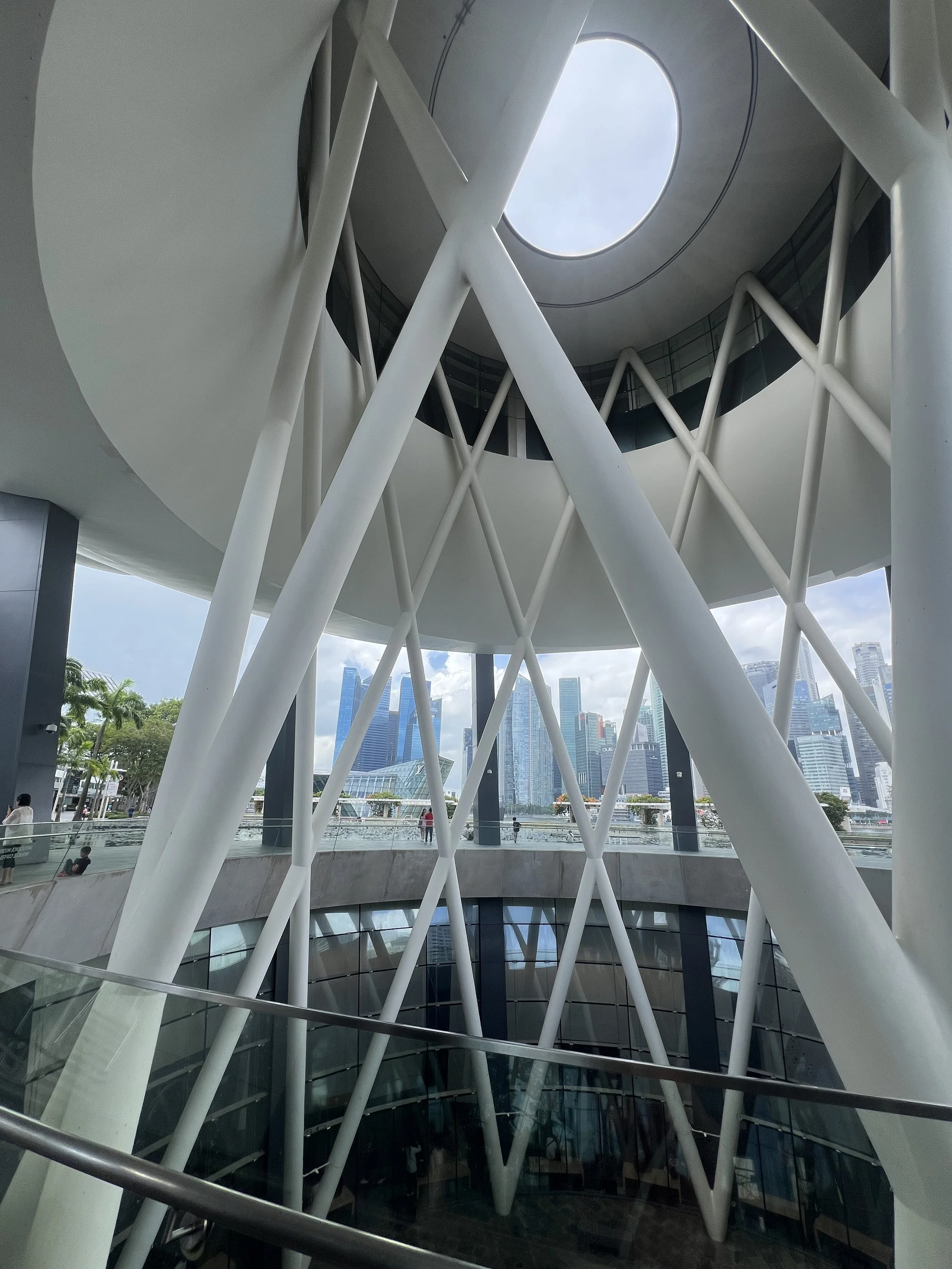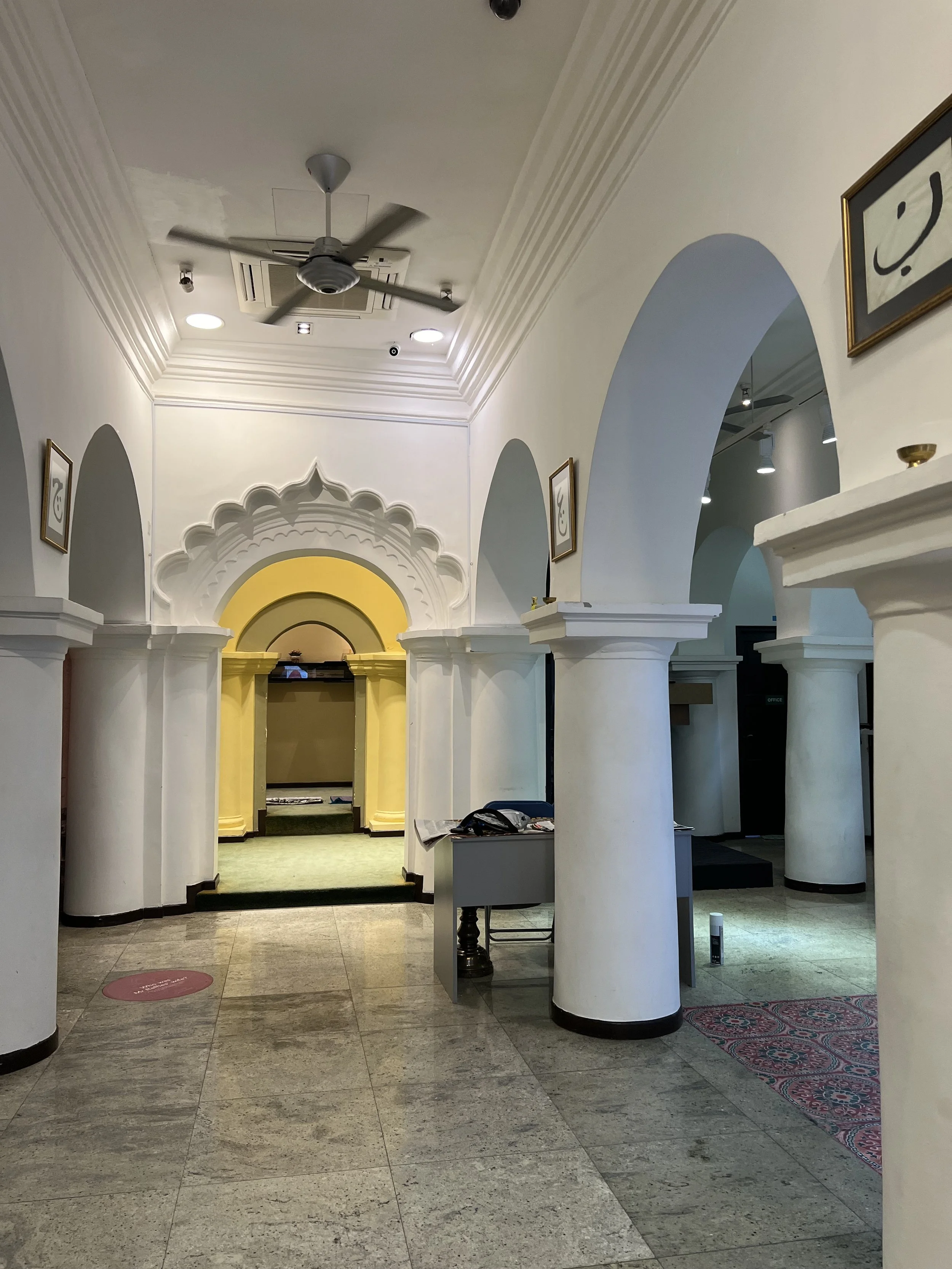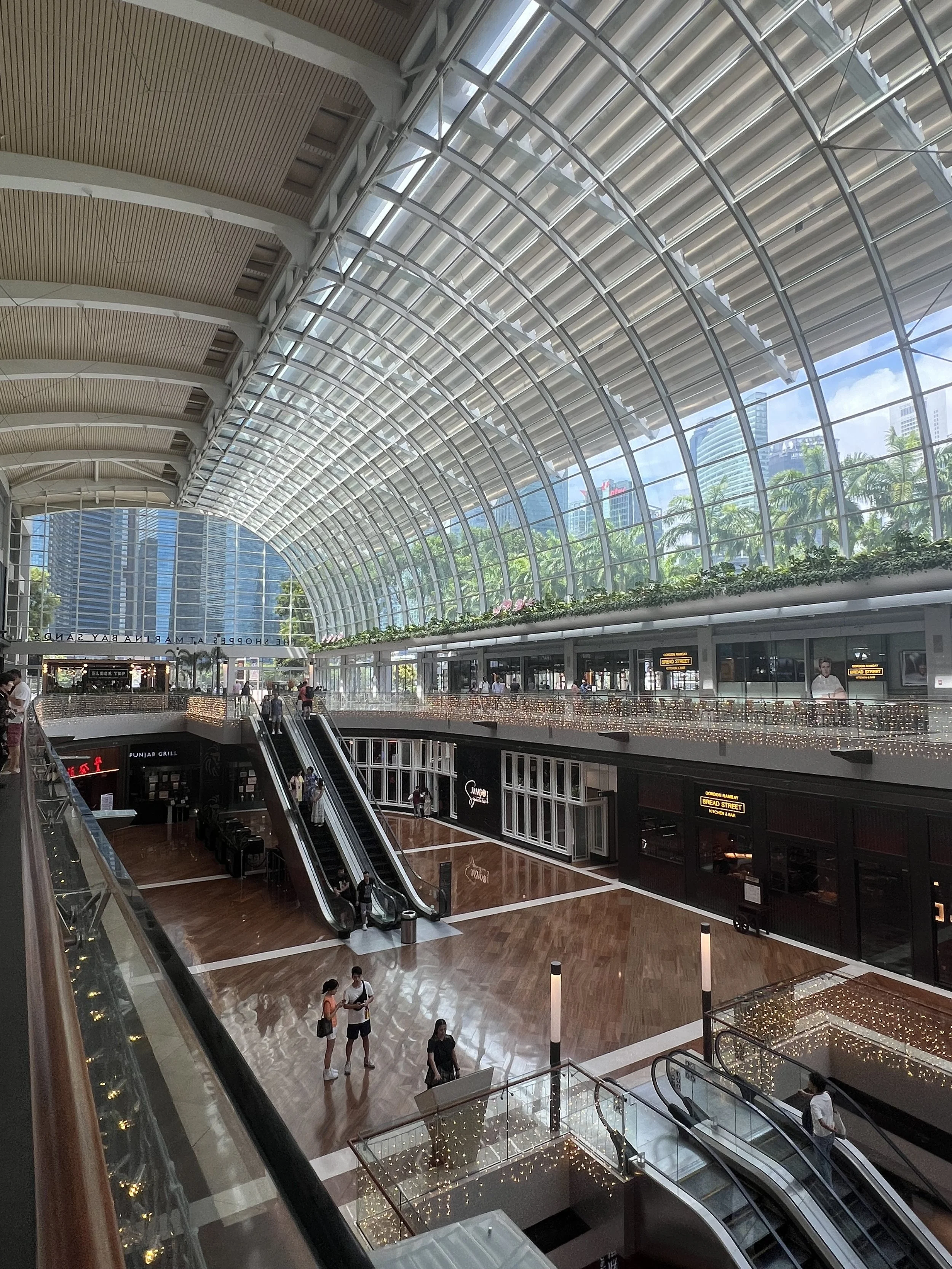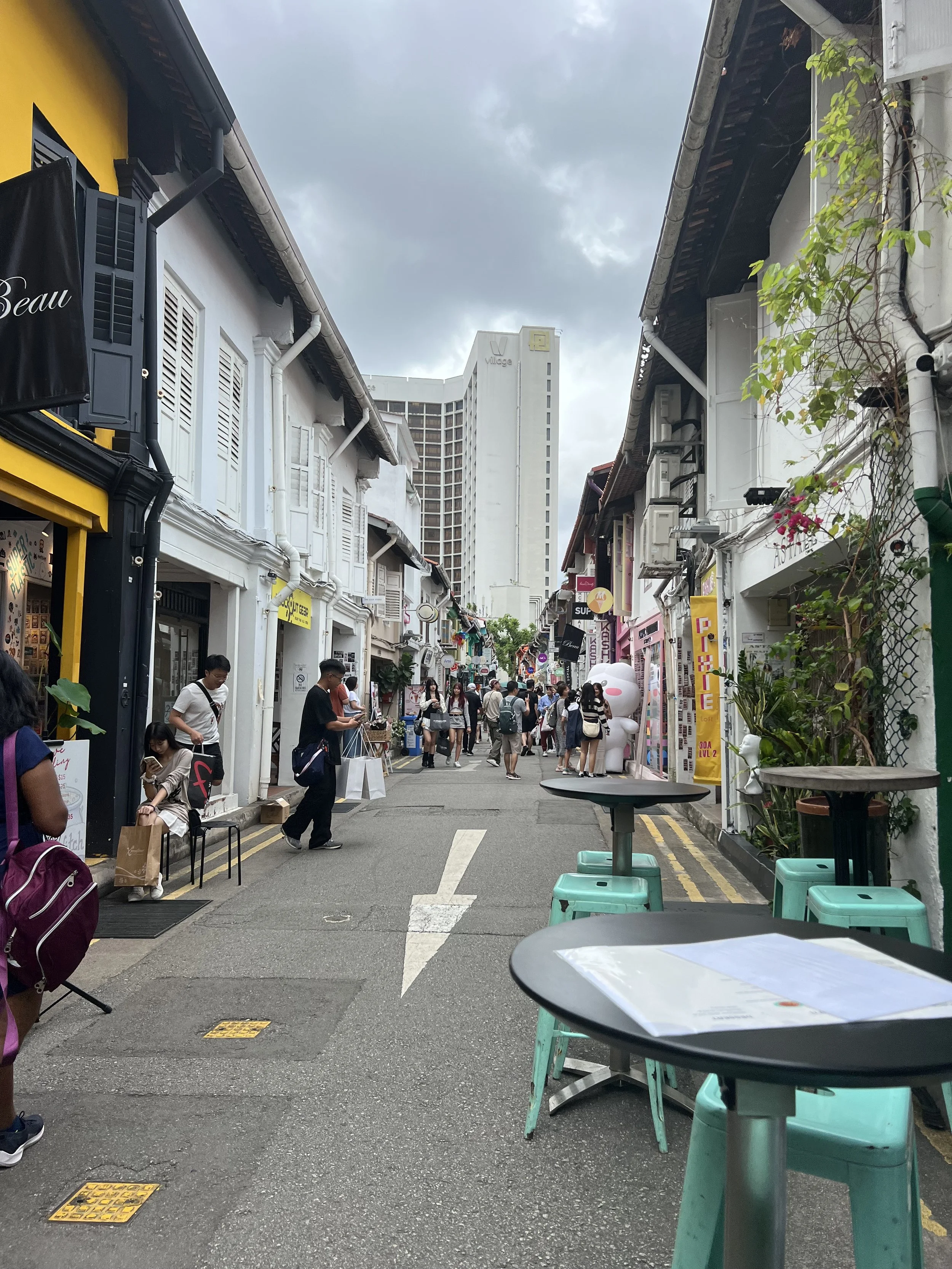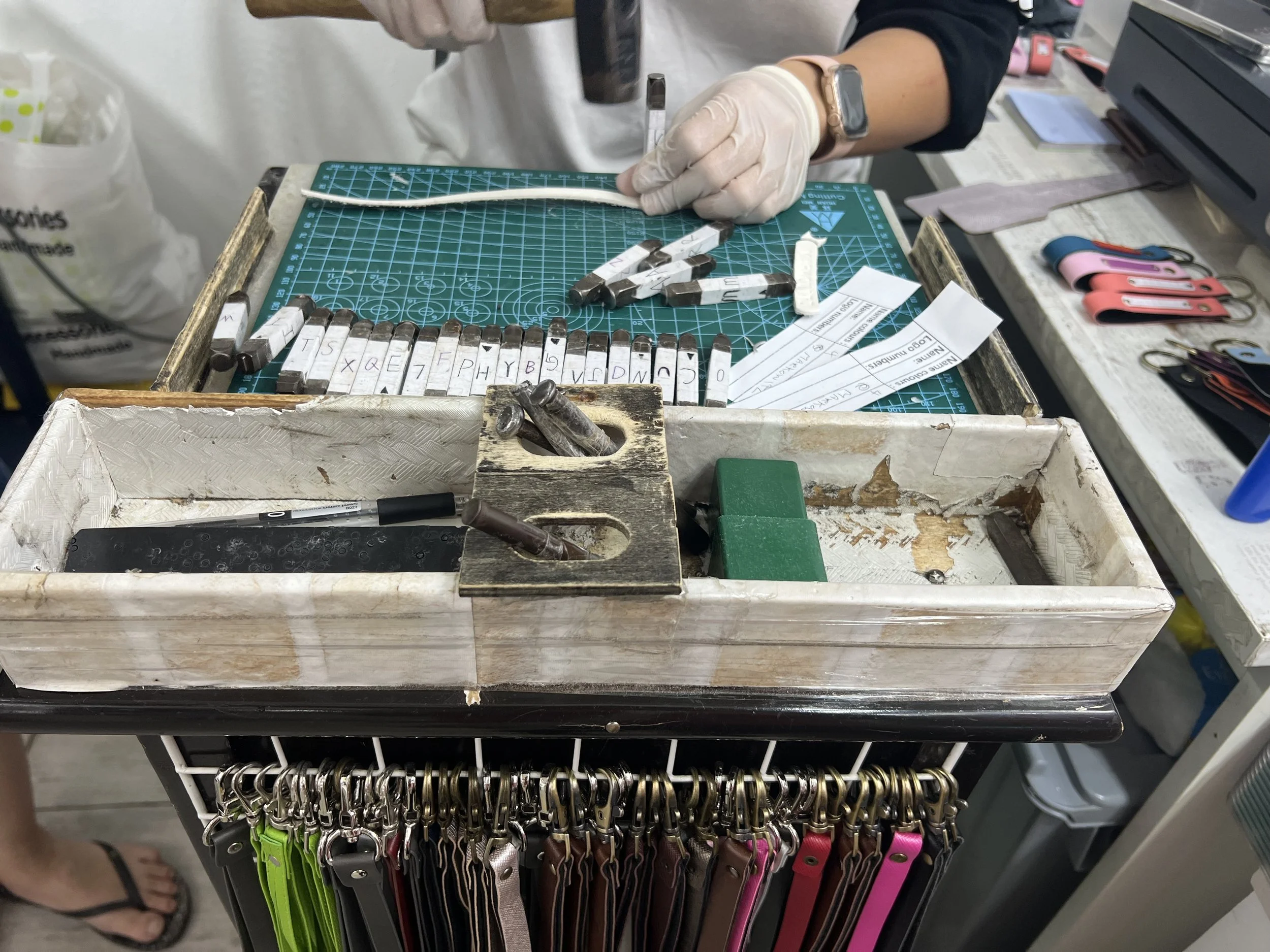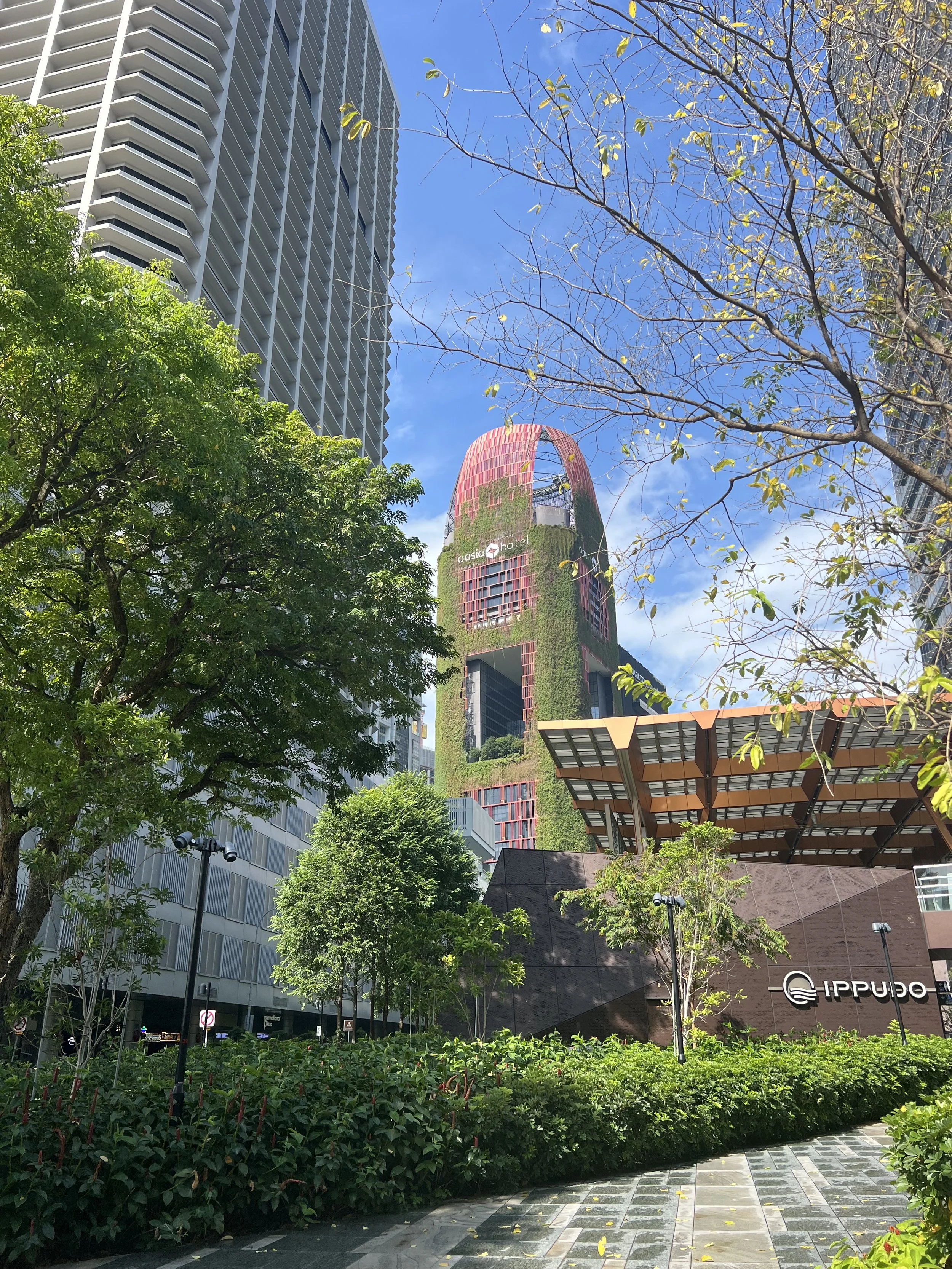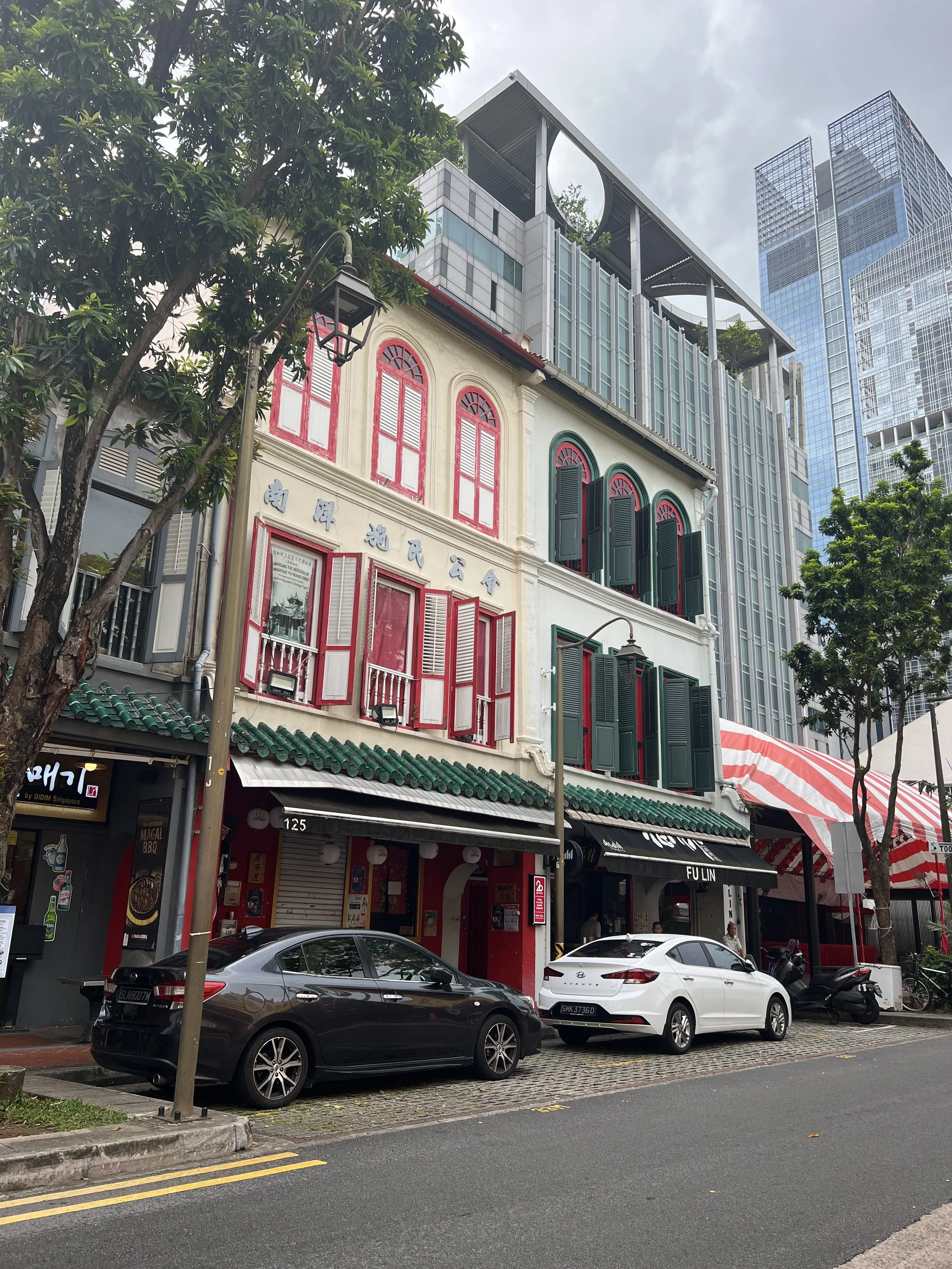Crazy Sustainable Singapore
Amoy Hotel
Singapore, a city-state island country, that’s just off the southern tip of the Malay Peninsula. It dates back to the 14th century as a trading port, later colonized via the British in the 19th century, and followed by independence from Malaysia in 1965.
Singapore has been increasingly on people’s radar in the past decade. Not only for its hub of culture, it’s a mixed pot of things. But also for its notorious cleanliness, the friendliness of its residents, and its amazing food culture. It also encompasses a rich history, has a focus on quality education and training, and accelerates economically as a promised island nation.
Here’s a highlight reel of where to stay, what to do, see, and eat.
(Cover Image by Coleen Rivas)
*This site contains affiliate links, we may receive a commission if you make a booking through us.
Vista of the city’s verticals, Image by Kirill Petropavlov
Where to Stay? AMOY Hotel by Far East Hospitality
Immediately upon arrival at the Amoy, you’re wondering where you are. Not because you don’t know, but because the typical immersion into a hotel isn’t what you’re experiencing. This is something subtler, you feel like you’re in a temple, no a museum, maybe both. And you are.
The Amoy Hotel was once a living temple which explains the facade of its space. Situated between modern complexes the petit eastern entryway is welcoming and at once features relics of its museum which it turned into from being a temple before transforming into a functioning hotel.
Amoy foyer
Atrium of Amoy
Room of Amoy
Now with rooms adorned in sleek modern minimalism, the features somehow complement the ancient worn-in feel of the temple vibe that its space originated from. The rooms are small but exceptionally well-equipped. They’re comfortable because you can tell the intention is to make you feel comfortable not just place you there.
The only downside of the hotel is that some of the rooms lack a view out of the window, they face inward toward the building. I suggest requesting a window room, or, considering this when booking.
GF egg toast, breakfast at Genius
Sausage and potato, breakfast at Henri
Accents like the stocked fridge make repose there relaxing. It’s as if you know all is being taken care of. For breakfast, organic avocado and egg toasts and acai bowls, teas and coffees at Genius, sausage and hash, and continental at the Henri are both included in the stay. While the Thai restaurant on site has fan-favorite delights. With the amenities and the gracious service additionally, the location of the Amoy is prime.
It’s not a touristy location but it’s central in proximity to almost all major landmarks and sites you’d want to venture to. This includes temples, museums, the Merlion and Bay, Gardens by the Bay, Chinatown, shopping streets, and hawker centers. What’s more is that it’s cushioned within its own more upscale food courtyard with a great selection of restaurants, and cafes surrounding it. Singapore is a hearty place for eats and treats.
Hawker Centres: Newton, Maxwell, Lau Pa Sat & Amoy Centre
Hawker centres are informal canteen sort of situations, basically like mall cafeterias, located throughout the island. They gather a diversity of kinds of cuisine and have tables set out in the center. You first order your food from a chosen location, or two, or three, and sit to enjoy amongst others eating from places alike.
Newton
Newton is one of Singapore’s oldest hawker centers opened in 1971. It’s famed for its cameo in Crazy Rich Asians and is a more touristy high-end center but for reason. It’s known for quality dishes such as chili crab, black pepper crab, and giant garlic prawns. A handful of the stalls there sell these items in addition to other Indian, Malay, Chinese, and Indo-Chinese fare, drinks, and dessert options.
Maxwell
Another famous centre, Maxwell is notorious for its Hainanese chicken rice which is a sumptuous dish made simply of chicken and rice but somehow elevated completely. The delicacy and juiciness of the chicken is just something to be tried and Maxwell is known for its version. Maxwell has a range of other foods, it’s also known for oyster omelets, fried rice cakes, a variety of noodle stir-fries, soups, and sweets.
Variety of iced drinks at Amoy Centre
Lau Pa Sat
Lau Pa Sat is a local favorite with an emphasis on satay, best gone to and eaten in the evening.
Amoy
Amoy is another local spot that is heartily busy and frequented by nearby workers at mealtimes, so go somewhere in between. It has exceptional local drinks such as iced lychee and longan and teh halia which is the beloved ginger milk tea with condensed milk. It also has an array of South Indian and Malay foods.
Temples: Thian Hock Keng Temple, Yueh Hai Ching Temple, & Buddha Tooth Relic Temple
Thian Hock Keng
A lovely Buddhist temple that’s Singapore’s eldest Chinese temple and means “Temple of Heavenly Happiness.” This temple is on a local street very quietly perched. There are on-goings via the resident monks and it has a great ambiance. The temple is built in devotion without the usage of any nails to the Goddess of the Sea, and its origin came from a time when the street was sea-faring and intended as a place for travelers to pray for safe journeys.
Thian Hock Keng, Image by Connor Gan
Yueh Hai Cheng, Image by Choo Yut Shing
Entrance to Yueh Hai Ching
Yueh Hai Ching
Yueh Hai Ching is a Taoist temple located in the city center. The juxtaposition of its detailed building next to the looming skyscrapers behind it gives food for thought and makes it an even more peaceful spot. Built-in the 1850s, it’s Singapore’s oldest Teochew Temple. It was originally a simple shrine that Chinese seafarers created to show gratitude towards the sea goddess for their successful travels. It wasn’t until 1996 that the temple became a National Monument and received a 2014 UNESCO restoration award.
Merlion spouting water, Image by Filipe Freitas
Buddha Tooth Relic Temple
The new kid on the block, this temple is filled with sites inside and impressive. The temple was built in 2007, the architecture of the temple is based on the Buddhist Mandalas and is a handsome building. The interior is rewarding with large ornate statues and prayer areas. The temple entrance is free and also hosts tours given by guides on site. The building hosts a theater which conducts performances and shows films while there’s a more immersive Buddhist museum on the third floor, and a garden sanctuary on the rooftop. The temple draws large crowds, I suggest going early off peak hours.
Merlion, the Bay & Helix Bridge
Merlion
The Merlion Statue in Merlion Park is perhaps the most iconic landmark of Singapore, its spouting mouth a picturesque site against the backdrop of the bay and Marina Bay Sands. It’s a mythical creature with the head of a lion and the body of a mermaid or a fish which relates to the name of Singapore, firstly named Singapura, which translates to “Lion City” in Malay.
The Merlion is exceptionally busy at all hours, I recommend going at the crack of dawn to appreciate it without the bustling crowds.
Helix Bridge
Marina Bay Sands across the waters
Helix Bridge
Just as the name pronounces, the Helix Bridge across the way of the Merlion is a twisted twirling walkway and gives way to the ArtScience Museum. From the bridge are exceptional views of the bay and if you’re lucky adorable otters will peek their head out to say hello.
Museums: ArtScience Museum, Nagore Dargah Indian Muslim Heritage Centre
ArtScience Museum
Lotus architecture of ArtScience Museum
Upper interior of ArtScience
Located in Marina Bay Sands, the design of the building is in the shape of the auspicious lotus flower. Combining art and science, the exhibits at the museum intentionally seek to immerse visitors in multi-sensory experiences. These showcase the magic and the both natural and technical innovation in the relationship of art and science.
Future World exhibits
The museum was built in 2011 and boasts LEED certification. Recently, the Future World: Where Art Meets Science exhibit showcases global phenomena such as bird murmuration, the patterns of fireflies, as well as the importance of climate change awareness in encroaching sea levels. They’re full-body sensory and enjoyable. For children and adults alike, the museum has a handful of exhibits you purchase an individual ticket for. The museum bridges to the mall next door and has a cafe and gift shop on site.
Nagore Dargah Indian Muslim Heritage Centre
A small museum, the Nagore Dargah Indian Muslim Heritage Centre provides an in-depth look at a minority group within the country that’s made a place on the island. Filled with historical insight narratives and relics, the center is a rich spot to engage in the culture of the Indian Muslims of Singapore.
Sustainability
Most recently, the pronouncement of sustainability in metropolitan pursuits has made Singapore stand out regionally and even globally. This includes adherence to the UN’s 2030 Sustainable Development Agenda and a goal to be carbon neutral by 2050.
In the city, the greening of skyscrapers is visible with garden trees that peek out on overlooks of entire floors. LEED building certification stamps are recognizable in mega buildings. There is likewise definitively less of a dependency and utilization on plastics in this Southeast Asian area unlike some of its counterparts. The reduction of this is intentional and even the tap water has been certified drinkable reducing the necessity of bottled water.
Lit super trees, Image by Daniel Hartono
Gardens by the Bay & Supertree Grove
Next to the Merlion, the Gardens by the Bay is the most astounding site of Singapore, visible by nighttime and daytime as you cross the bay. The gardens are kind of like if the Everglades of Florida were a Disney park. They’re an expanse free to the public with particular ticketed areas that are thoughtfully designed and walkable. They host numerous sections such as a Chinese Garden, bridge walkways, and of course the infamous Supertree Grove. The grove is made up of manmade trees that are gigantic towering things with branches that look magical in make and light up at nighttime in coloration and sparkle. You can obtain tickets to walk up amongst them high up in what feels like the sky.
Because the park is large, you can also rent bicycles and scooters to faster tour around. There are interesting facts about culture written section by section and there’s also the impactful cloud forest and luscious greenhouse flower fantasy, both other separate and manicured areas.
Shopping: Bali Lane, Haji Lane, Bugis Shopping Center & Marina Bay Sands Shopping Mall
Marina Bay Sands
Haji Lane
Singapore does not disappoint in terms of shopping. There’s the high-end Marina Bay Sands shopping mall in the bay with name-brand stores, cute eateries, and, cafes. For more casual street shopping check out Bali and Haji Lane of the Kampong Glam neighborhood and Bugis area. Boutiques sell clothing as well as accessories with adorable homeware items, tattoo parlors, beer stalls with high-seated outdoor tables, and a variety of kitsch things to scope.
Leather stall at Bugis
Bugis Shopping Center in the same area is a multi-story mall with affordable finds specific to Singapore. Unique places such as customizable luggage tags and passport folders are here as well as casual hair salons and manicure stalls.
For something even more unique, Thow Kwang Pottery Jungle is about a half hour outside of the city reachable by car only. It’s a huge emporium of authentic porcelain items from outdoor wares to delicate vases to tea sets and mugs of the beautiful Peranakan style. There are reasonably priced items and upper echelons items. For porcelain lovers, this is a great stop-in if you have time. They also host workshops where you can try your hand at pottery. If you can’t make the trek, Supermama is a local artisan store with a few locations within Singapore. One is located in the Asian Civilization Museum itself and has excellently designed goods of homewares, jewelry, and artwork.
*Safety tip
Something to know ahead of time is that the MRT takes bank credit cards so you don’t need to get an actual MRT card before riding the local transport.
The Grab app is also used locally instead of Uber and Lyft and is worth downloading, though can be quite finicky. Sometimes drivers pick you up at the drop pin, sometimes they can’t find it, sometimes they speak English, sometimes not, sometimes they know directions, and sometimes don’t.
In terms of hawker centres, I’d gone prepared for cash only but these days many take credit cards.
Greenery etched onto tall buildings all around
Traditional architecture is preserved in Singapore
Bottom line
The diversity of Singapore is prevalent in the warmth of its people and the simultaneity of its upscale and eccentric streets. With a population that hails from the world over, what’s offered in Singapore is global and makes immersion on this island like a fair. There is no shortage of things to eat, see, and explore. There’s an impressive range from street-style hawker centers and casual thoroughfares to skyscrapers and delicate indoor eateries. While you won’t get bored, there is also a smallness of this island and city that makes it comprehensive. It’s not overwhelming. The temple architecture is particularly protected here and the museums are worth venturing to. Singapore has a wealth to it, but it’s not typically so. It’s hot as hell and fresh, and a great place to immerse.

